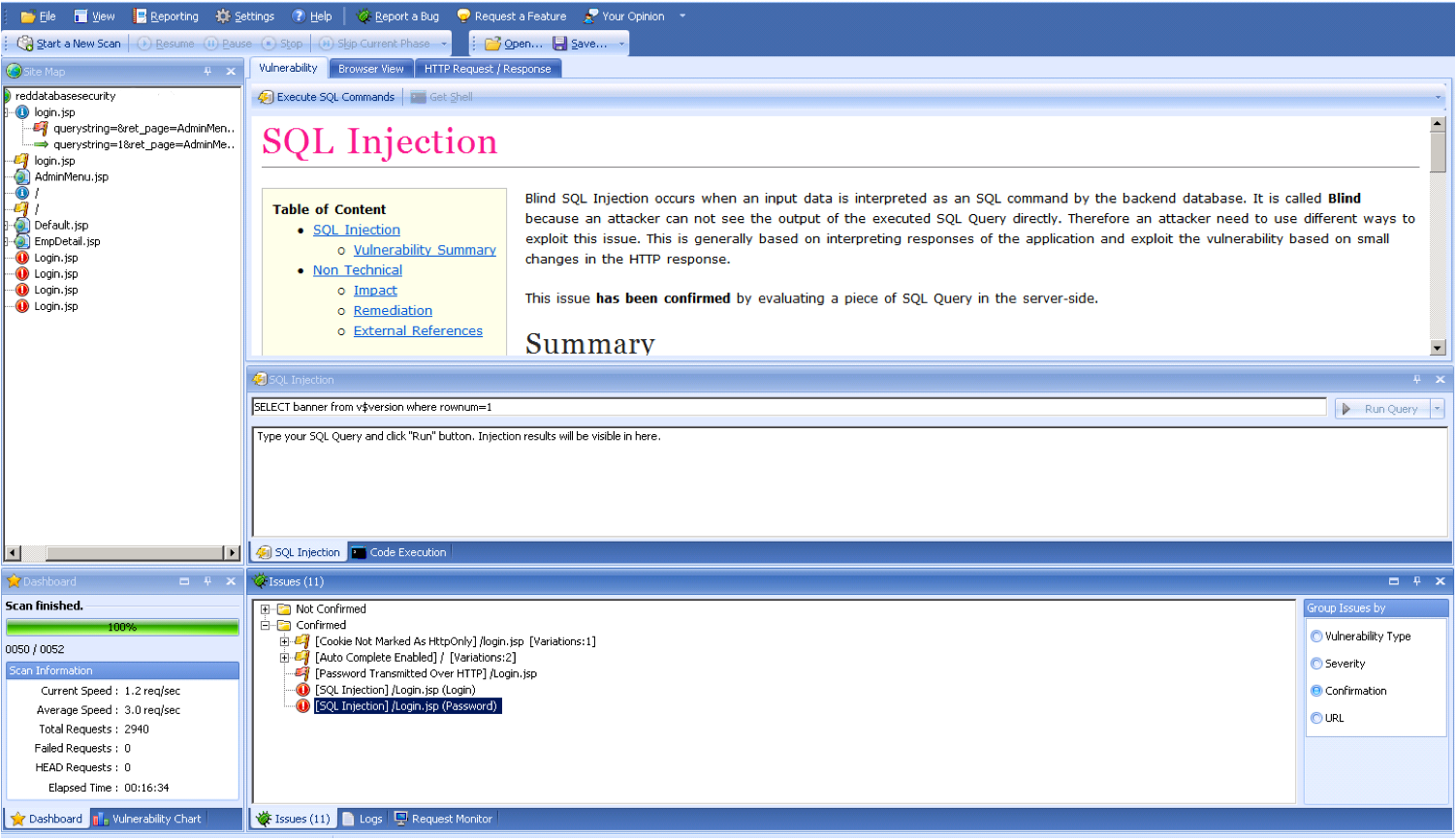Today Oracle released the October 2009 CPU.
In total 38 vulnerabilities were fixed with this CPU (or PSU). This CPU will fix 16 new vulnerabilities in the databases. 6 of them remotely exploitable without authentication, 1 affects client-only installations.
The following components are affected.
- Advanced Queuing
- Application Express
- Authentication
- CORE RDBMS
- Data Mining
- Net Foundation Layer
- Network Authentication
- Oracle Spatial
- Oracle Text
- PL/SQL
- RDBMS Data Pump
- RDBMS Security
- Workspace Manager
As always the usual suspect (Alexander, xxx) reported some of the vulnerabilities.
This time Oracle fixed 2 of ours vulnerabilities. Only 20 Oracle security issues are unfixed…. Oracle is getting better… Time to have a deeper look into 11.2 😉
—-
Report of Critical Patch Update Fixes for Red Database Security
The following issues reported by you are fixed in the upcoming Critical
Patch Update, due to be released at 1pm, U.S. Pacific Time, on October
20, 2009. We ask that any information that you plan to publish
regarding these issues be released after this date and time.
This Critical Patch Update will contain fixes for the following issues:
Reporter: Alexander Kornbrust
9675691 SQL INJECTION IN UPGRADE SCRIPT CATMETX.SQL
10213261 AUDIT CAN BE BYPASSED USING DBMS_SYS_SQL.PARSE_AS_USER
Please let us know if you have any questions or concerns with this
report. Thank you for reporting these issues to Oracle and for your
patience while we investigated and created the fixes.
—-
I will post detailed information including sample code on my blog tomorrow. Especially the dbms_sys_sql bug is critical because it allows to bypass the Oracle Auditing completely (and products using Oracle Auditing like Oracle Audit Vault). Even if this bug is fixed now there are other (similar) bugs around which allow to bypass Oracle Auditing completely.
It took only approx. 2 years to fix the dbms_sys_sql problem.

